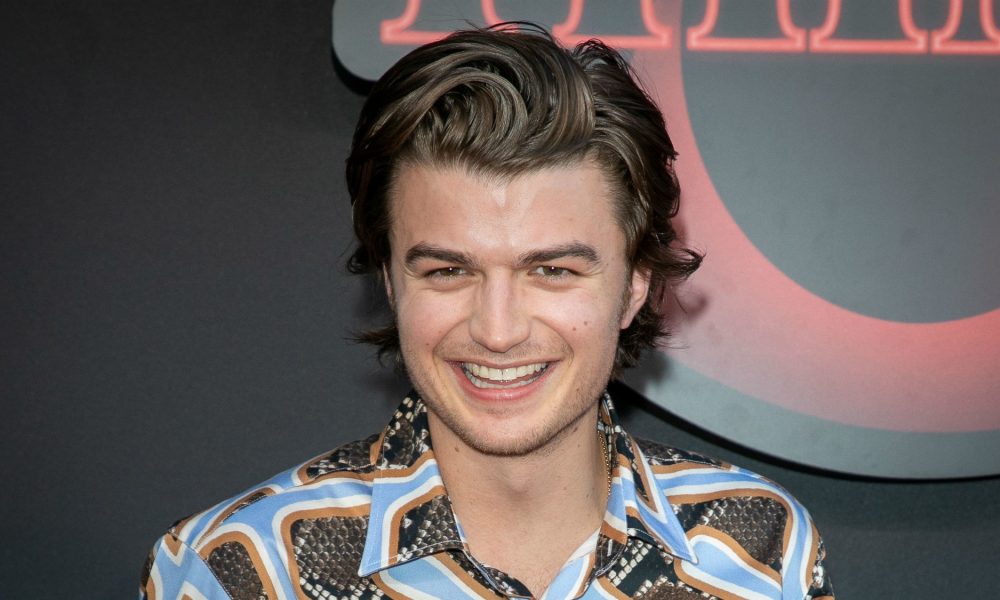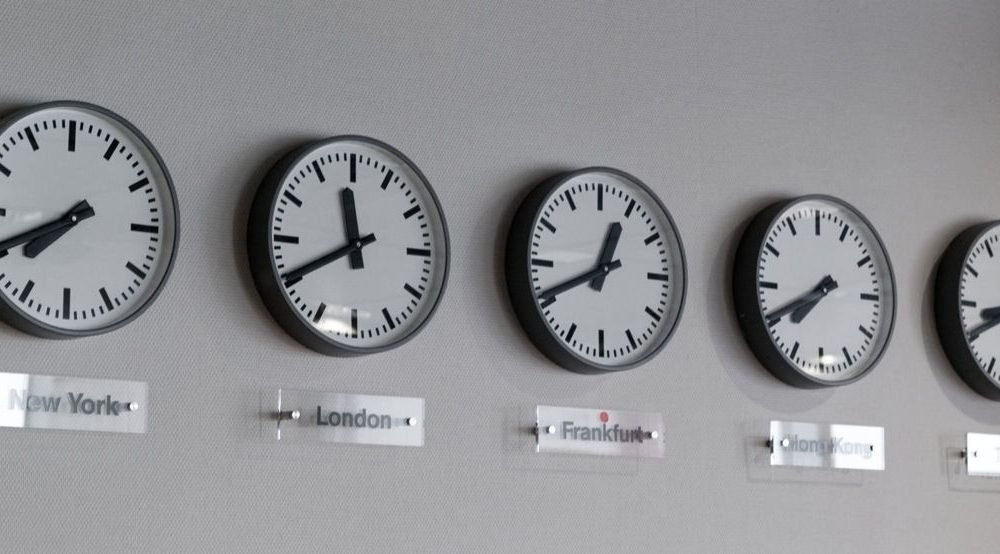Music and dance engage in a codependent relationship for survival — they need each other. But what’s behind the two art forms is expression. Music expresses a condition — whether it’s the condition of the individual, the collective or no one in particular.
Black, Latino and LGBT communities have used music and dance as a coping and articulation mechanism for the painful condition of disenfranchisement. For blacks, Latinos gays, and trans people in the U.S., the most potent example of this is Chicago house music. For black victims of Apartheid South Africa, it was the Afro-synth bubblegum disco that ignited activism. For the island of Jamaica, it was roots reggae that expressed outrage at the patterns of colonialism against the African diaspora.
What united all of these genres is the strong emphasis on rhythm and meter. All of these genres employ danceable grooves that entices the body and quiets the mind. This music is about detachment, the meditative power of music and its ability to remove you from your headspace and place you into the present, hedonistic moment.
Dancing is the kinetic representation of the soul. Most people “lose themselves” when they dance. In fact, thinking too much can hinder the ability to dance, if one over-anticipates each move. Dancing is the act of not-thought, making it one of the purest expressions of the body and its feelings.
Dance music is known for its lack of lyrical substance and musical complexity. It relies heavily on rhythm and “looping,” which is the use of a certain sample or four to eight bar loop of music repeatedly, to create a hypnotizing, trance effect that you can really only dance to. It’s not head music most of the time. There’s not really much to think about regarding the substance of the music. There are always exceptions to the rules, but for the most part, dance music is straightforward pop music. It just sounds good.
But if dance music creates an environment of not-thought and near idiocy (discotheques, nightclubs, dive bars), then how were some of the most passionate responses to socio-political repression supported, even spearheaded, by sub-genres of dance music? We can learn a lot from the effect music has on culture — it teaches us that sometimes vapid intellectualism isn’t a catalyst for vital policy overhauls — sometimes unbridled passion does the trick.
Usually, there is an anti-emotional sentiment when discussing politics. We like to ignore the fact that policies cause people emotional turmoil and affect everyday lives. We instead focus on logic when it comes to political discussions. Services like Kialo boast that they “empower reason” and create a platform that subverts “internet screaming matches.” There’s a strong appetite these days for “civil debate” and a yearning for formal debate culture. But cutting emotion out of a debate amounts to cutting out a significant segment of an issue. Don’t get me wrong, a compelling logical argument is always useful, and emotion isn’t always the best driver when discussing socio-political issues. However, when the heart is ignored, a political issue like apartheid loses it’s significance. If we forget about the social and psychological turmoil engendered by segregation, and focus only on the economic and political, we’re ignoring a significant lump of the issue. That’s why music, even music without very direct lyrics, can be the light that illuminates the true pain of an ill-affected people. Sometimes ideas are petrified by language, and proper articulations fail. Sometimes music is a more compelling argument than a grand oration. Sometimes we need to forget about the rational side of our humanity and tap into our primal, impassioned sentiments as a cathartic expression of our pain. Observing how a certain group of people dance and shout to their own music is probably the best way to tap into their collective consciousness and the pain they all connect to.
The South African bubblegum movement elucidated the pain of generational apartheid in the simplest terms possible — through sound and dance. The lyrics were either painfully general or hollow through-and-through, because they were covers of American synth-pop hits. The result was Afro-synth, a genre that teased the idea of afro-futurism. The direct idea of technological accelerationism was not explicit in the genre, but an inkling of a future beyond the now existed in the sound of the music.
If it doesn’t explicitly display a yearning for the future, it at least embodies some hope. Everything about the music was unrelenting and cheery, almost annoyingly so. Dance music of the ’80s all has this feeling — it is the result of digital recording and electronics taking the music scene by storm. It’s the result of people being overwhelmed by novelty, like a child in a toy store. Synthesizers and other electronically produced sounds found their way into popular music and overwhelmed all other traditional sounds. This overarching philosophy of looking forward focused itself into the continental South African psyche. Bubblegum Afro-synth emerged, and it subverted traditional, state-enforced sectionalism based on music. Apartheid was not an exclusively violent affair. Radio Bantu, a state-run broadcasting system, reinforced regionalistic tribal identity through the compartmentalization of music based on language and tribal style. Zulu’s felt they could only listen to Zulu music, and a hierarchy of tribes was reinforced. This solidified people into the classes prescribed to them by the state.
Bubblegum offered a more colorful, buoyant and multicultural alternative to this traditionalism. But eventually, the carefree bubble burst and segregation turned increasingly violent. The carefree energy was translated into desperation and anxiety, and the solidarity established by dance music’s magical power of assembly helped mobilize people towards a common cause. By the time the ‘90s came around, the edifice of apartheid shattered.
Assembly and mobilization can alter the trajectory of nations, but one of our most powerful tools of unification is music. The process of deindividuation occurs when you’re in a crowd of dancing people. Dance music turns a middle finger to the doctrine of divide and conquer, a method known intimately by colonized peoples.




Comments are closed.